The money tree (Pachira aquatica) is a popular houseplant known for its braided trunk, glossy green leaves, and reputation for bringing luck and prosperity. If your money tree looks unhealthy or you’re noticing changes in its leaves, trunk, or soil, it’s important to act quickly. Before diving into issues, it helps to understand your plant.
The money tree is native to Central and South America. It’s often grown indoors in pots and is especially loved for its braided stems and symbolic meaning of wealth and good fortune.
Common Money Tree Problems and How to Fix Them
1. Yellow Leaves
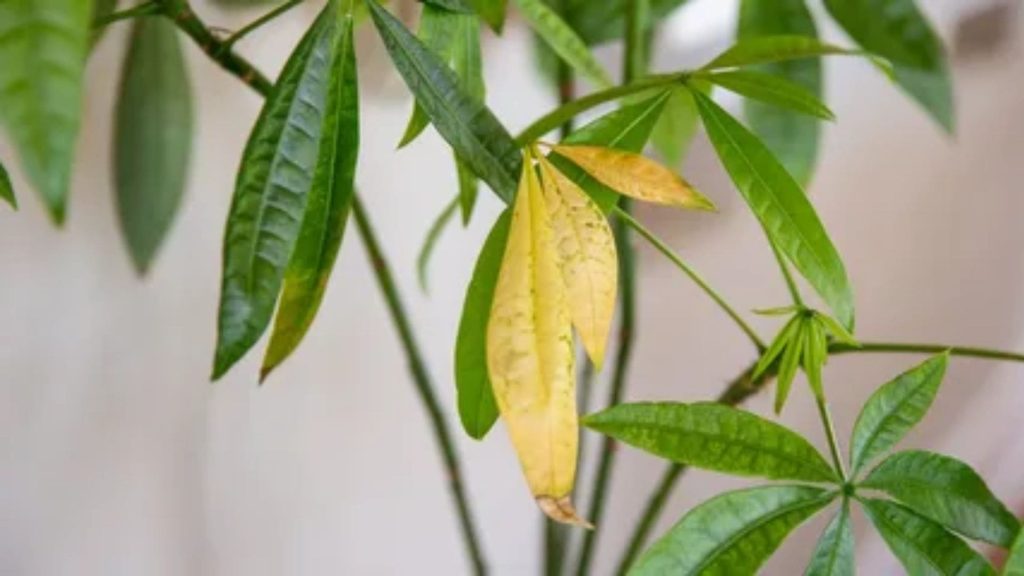
Symptoms:
- Leaves turning pale yellow, starting from the bottom.
- Wilting or drooping leaves.
Causes:
- Overwatering is the most common reason.
- Poor drainage or pot with no drainage holes.
- Low light conditions.
Solution:
- Check the soil: if it feels soggy, stop watering and allow it to dry.
- Repot with well-draining soil.
- Move the plant to a bright, indirect light spot.
2. Brown Leaf Tips or Edges
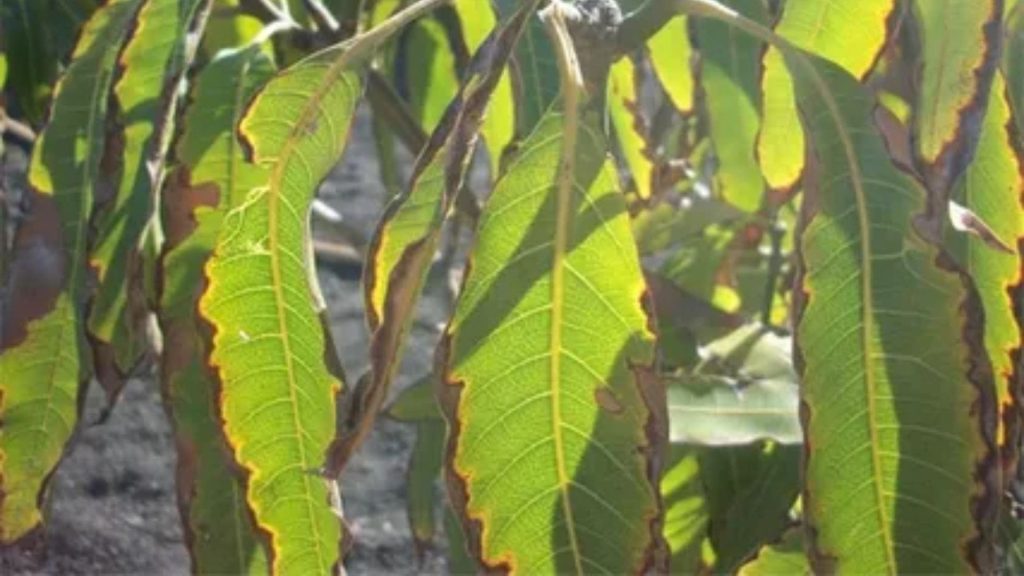
Symptoms:
- Crispy brown edges or tips.
- Leaves may curl slightly.
Causes:
- Low humidity or dry indoor air.
- Underwatering.
- Build-up of minerals from tap water.
Solution:
- Mist the plant or use a humidity tray.
- Water regularly, but don’t let the plant sit in soggy soil.
- Use distilled or filtered water.
3. Leaf Drop (Falling Leaves)
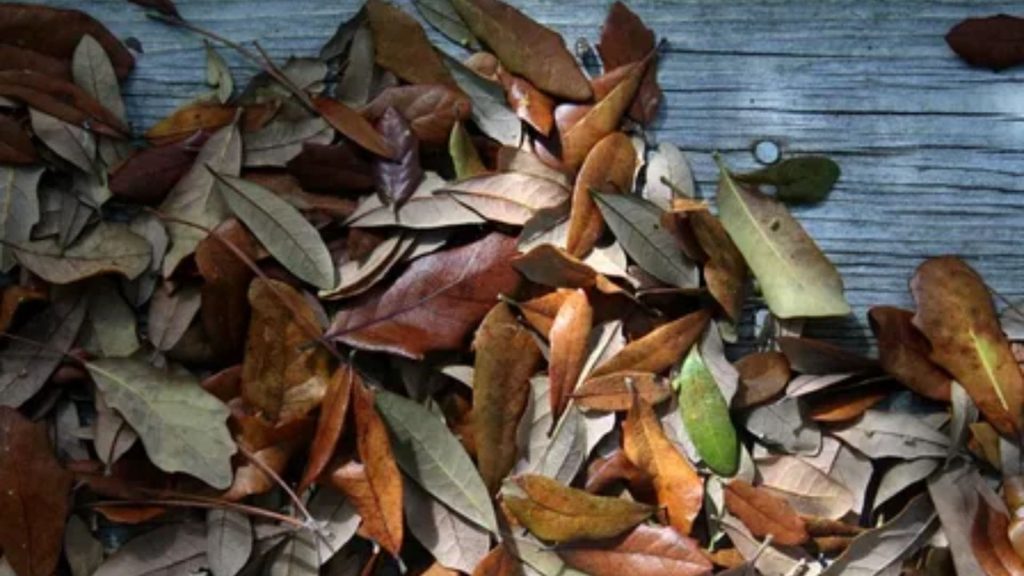
Symptoms:
- Leaves falling off suddenly or gradually.
- May happen even if the leaves are green.
Causes:
- Sudden temperature changes or drafts.
- Low light exposure.
- Over- or underwatering.
Solution:
- Keep your plant away from vents, heaters, or open windows.
- Ensure it’s getting at least 6 hours of bright, indirect light daily.
- Adjust watering schedule based on season and environment.
4. Mushy or Soft Trunk
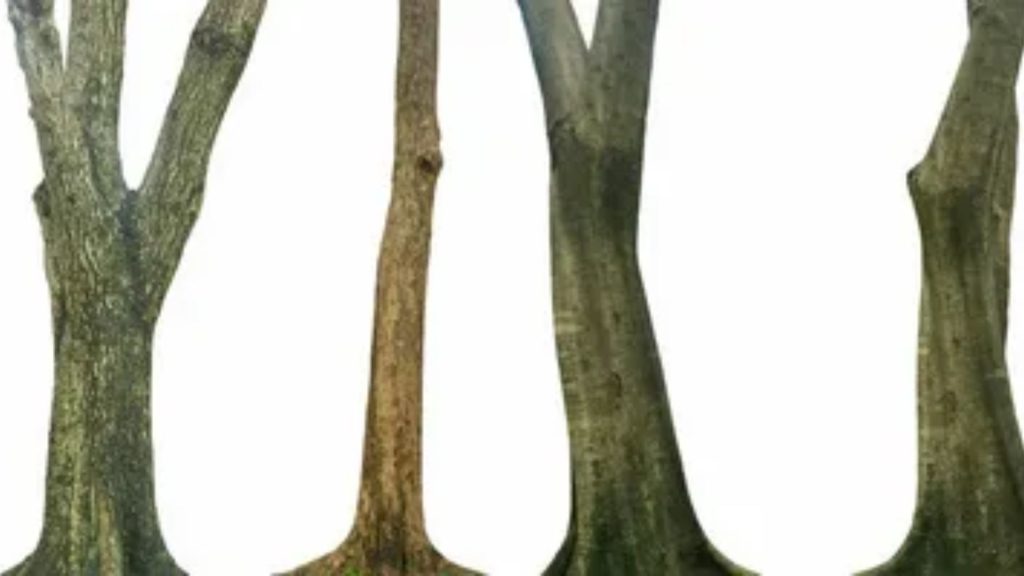
Symptoms:
- Braided trunk feels soft or mushy to the touch.
- Unpleasant smell or visible mold near the base.
Causes:
- Root rot from severe overwatering.
- Fungal infection due to poor drainage.
Solution:
- Unbraid and inspect each trunk section.
- Cut away rotten or black roots with sterilized scissors.
- Repot in fresh, dry, well-draining soil.
5. Drooping Leaves
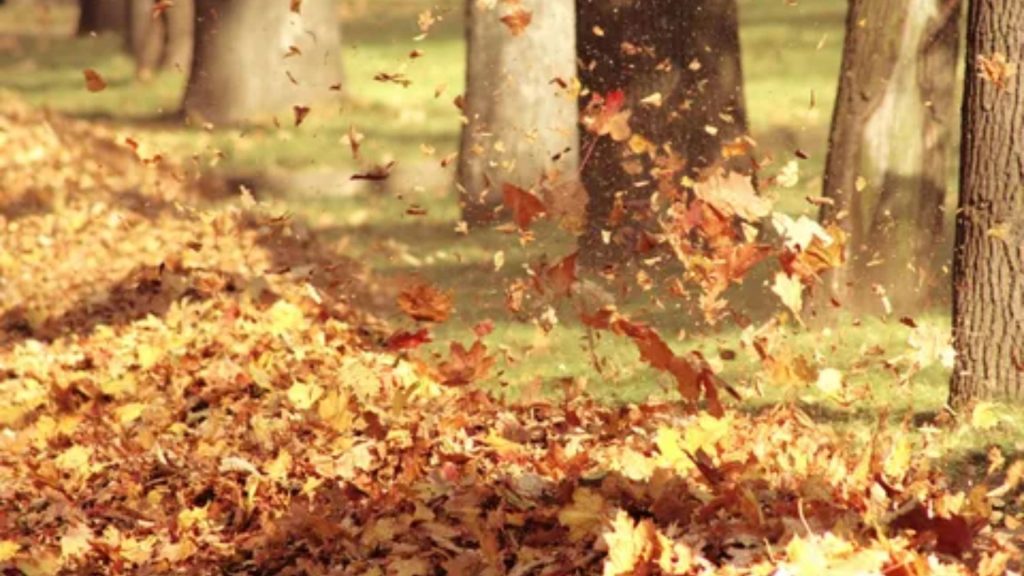
Symptoms:
- Leaves hang limp and lifeless.
- Overall plant may look “tired.”
Causes:
- Inconsistent watering.
- Stress from repotting or relocation.
Solution:
- Establish a consistent watering routine.
- Avoid moving the plant too often.
- Keep it in a stable environment.
6. Pests (Spider Mites, Mealybugs)

Symptoms:
- Sticky leaves, webbing, or white fuzzy spots.
- Leaves turning yellow or curling.
Causes:
- Dry indoor air encourages pest infestations.
- Lack of airflow and over-fertilizing.
Solution:
- Isolate the plant immediately.
- Wipe leaves with neem oil or insecticidal soap.
- Increase humidity and airflow.
7. White Powdery Leaves (Powdery Mildew)
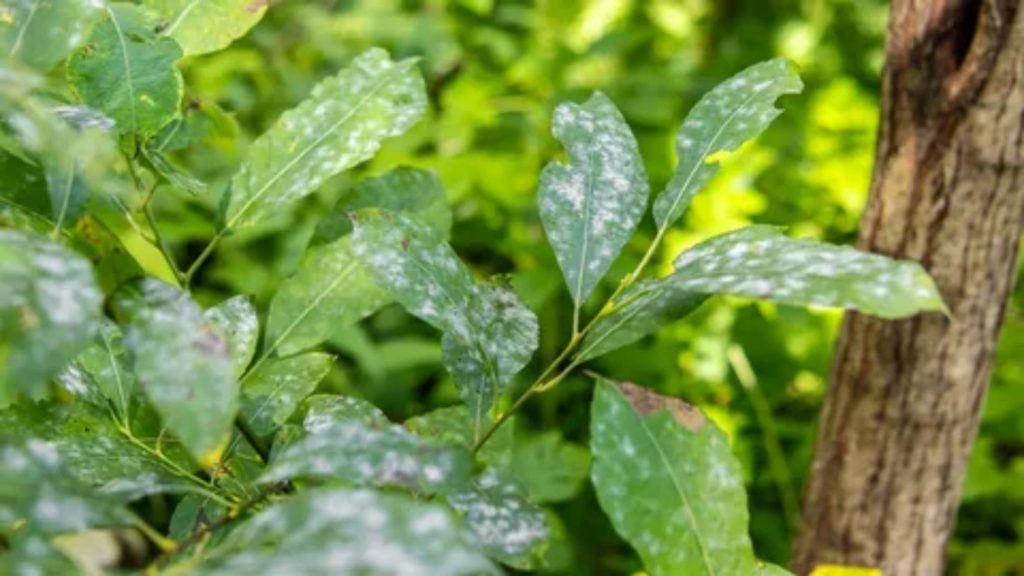
Symptoms:
- White or gray powder-like coating on leaves.
- Leaves may look dusty or faded.
Causes:
- High humidity and poor airflow.
- Overhead watering or crowded spaces.
Solution:
- Prune affected leaves.
- Improve air circulation around the plant.
- Treat with a fungicide.
8. Leggy Growth (Stretching Leaves and Stems)
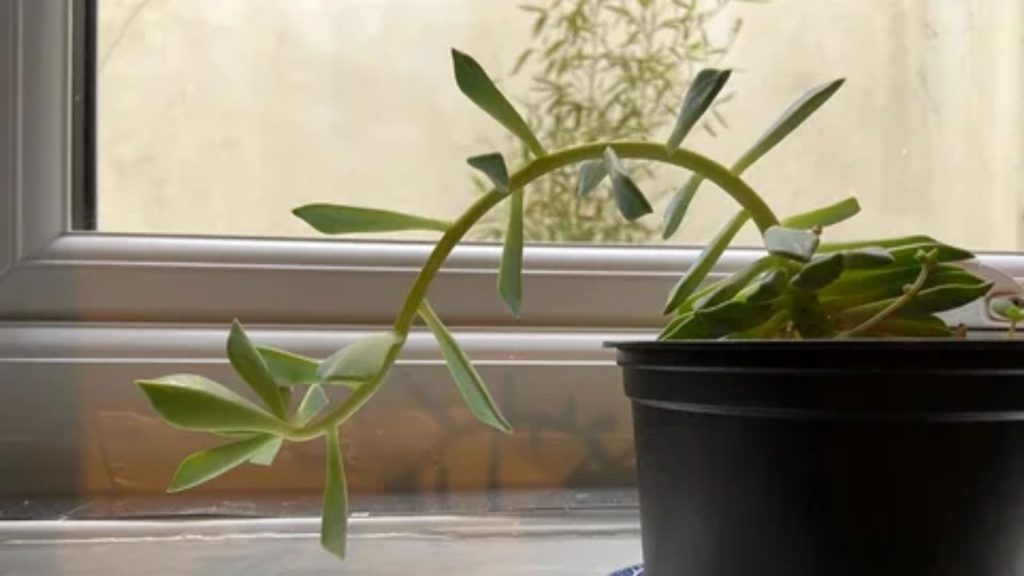
Symptoms:
- Long, stretched stems with small leaves.
- Sparse, uneven growth.
Causes:
- Insufficient light.
- Not rotating the plant regularly.
Solution:
- Move to a brighter spot with indirect sunlight.
- Rotate the plant weekly to ensure even growth.
Visual Summary
While pictures are a great aid in diagnosing issues, always combine visual symptoms with context (watering habits, placement, season). You can also use mobile plant care apps to help scan symptoms.
(Replace image URLs above with your own images or royalty-free sources for best use.)
How to Keep Your Money Tree Healthy
- Light: Bright, indirect sunlight.
- Watering: Once a week or when the top 2 inches of soil are dry.
- Humidity: 40%–60% is ideal.
- Soil: Well-draining mix (cactus or indoor potting mix with perlite).
- Pot: Use containers with drainage holes.
- Fertilizer: Once a month during spring and summer.
Conclusion
Money trees are resilient and beautiful, but they do speak up when unhappy. Recognizing problems early — whether it’s yellowing leaves, pests, or a mushy trunk — can save your plant from further damage. With the right care and environment, your money tree will thrive and continue to bring beauty (and maybe luck!) into your space.
If you notice any unusual signs not listed here, take a clear photo, observe environmental conditions, and adjust accordingly. Happy growing!

